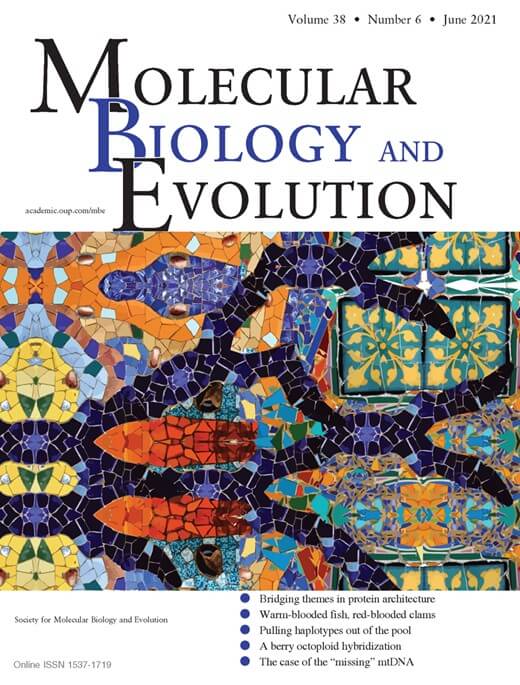
Molecular Biology and Evolution (MBE) publishes research at the interface of molecular and evolutionary biology. The journal publishes molecular evolutionary patterns, processes, and predictions at all levels of taxonomic, functional, genomic, and phenotypic organization. It also publishes new and improved methods, resources, and theories that are critical for advancing the molecular evolutionary research. MBE publishes Discoveries, Methods, and Resources, Brief Communications, Perspectives, Protocols, and Reviews.
MBE is entirely owned by The Society for Molecular Biology and Evolution. The Council of the Society appoints the Editor-in-Chief and approves the Board of Editors. The Journal is published by Oxford University Press.
As of January 1, 2021 MBE will be open access and will not require a SMBE membership for journal access, though members receive a 20% discount on publications charges.
Suggested Reading
Editor's Choice
Editor’s Inaugural Message
MBE Citation Classics (2013 Edition)
Thematic Collections & Classics
